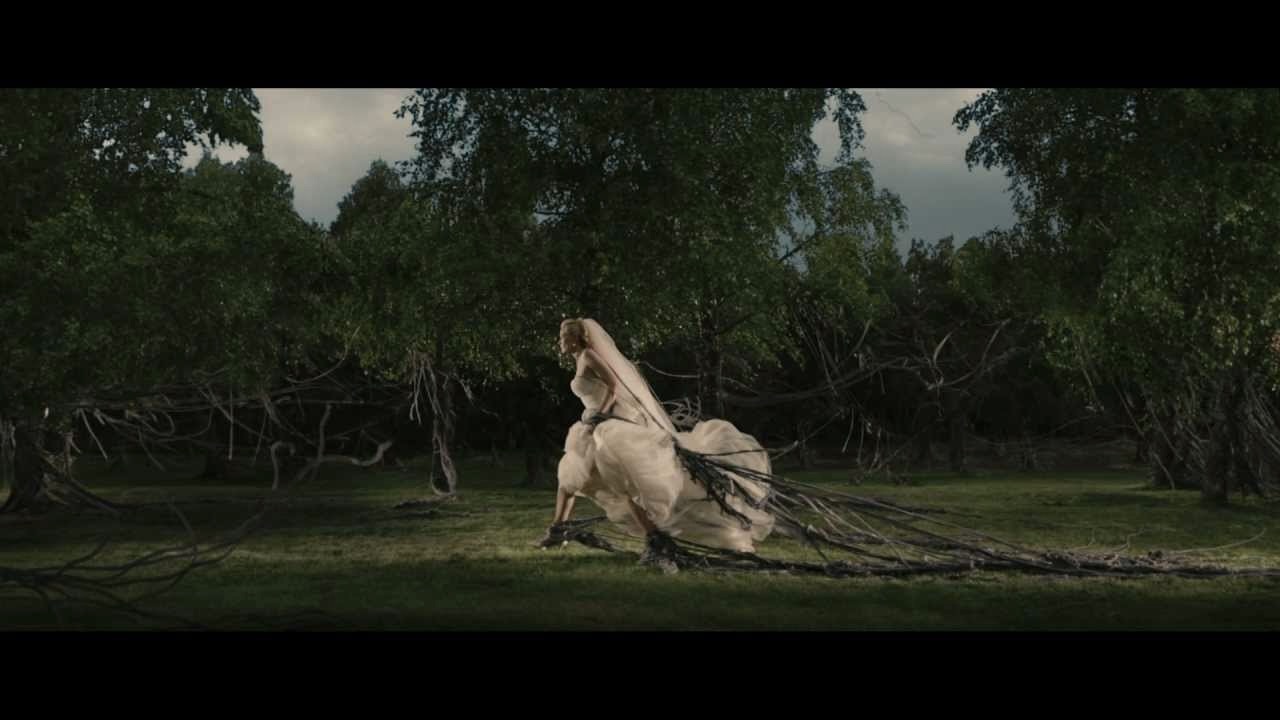Editor’s Note: In lieu of our usual reviews and gallery rounds, we will be running a special SHELTER-IN-PLACE series for the duration of social distancing. This series will focus on that which can be enjoyed from home: musings on stream-able films, online art, and memoiristic reflections on colors and craft. Thanks for sheltering with Artillery, and we hope to see you at our usual gallery rounds soon.
Here at last
is love to set the world on fire.Gwen Head, “Liebestod” (1975)
It would be disingenuous to say that Lars von Trier’s film Melancholia (2011) is not about the end of the world, that it is not an apt film to be used as a metaphor for our current situation. What we now face, however, is not the self-consciously fascistic apocalypse that Von Trier presents, which is marked by spectacle and destruction on the grandest and most beautiful scale. As Justine (Kirsten Dunst) lounges in the rays of the planet that will soon destroy her, we long to be her, to have our bodies torn apart by the aestheticization of war, and we feel the circularities of Richard Wagner’s Tristan und Isolde that result in an orgasm experienced a thousand times over because it is the final time that one will ever be experienced.

Our apocalypse, however, is a crisis of the interior and of confinement and of boredom, so what I have always understood to be the truer meaning of Melancholia has become inevitable in my mind: it is the most pressing wish of the suicidal person that the world ends of its own accord, that a resolution finally comes and knots the sonic and erotic strands at last. Handsome men come and go and all that is left is the blessedly empty interior of the mind, which holds not colliding worlds or piles of sickened bodies, but rather the simplest desire for still time, for the final silencing of words meant to console.


